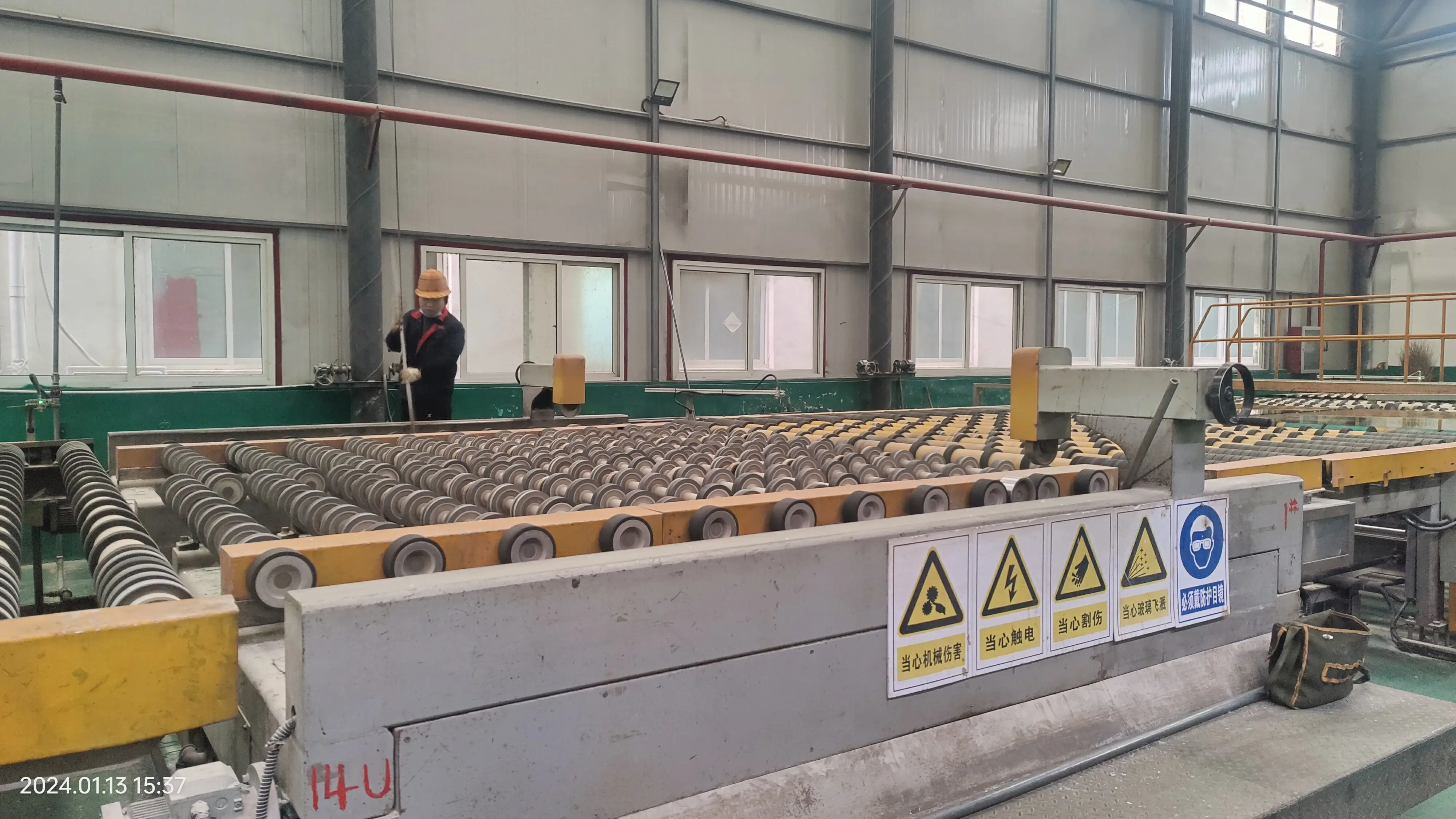

The Versatility and Beauty of Float Glass Mirrors
Float glass mirrors have become a staple in modern architecture and interior design, renowned for their clarity, durability, and aesthetic appeal. This article explores the production process, applications, and benefits of float glass mirrors, showcasing why they are an essential element in both residential and commercial spaces.
Understanding Float Glass
Float glass is produced through a refined process where molten glass is floated on top of molten tin. This method ensures a uniform thickness and a smooth surface, resulting in a high-quality product that is perfect for mirror production. The clarity achieved during this process allows for exceptional reflections, making float glass mirrors ideal for a variety of uses. Once the glass is formed, a thin layer of silver is applied to one side to create the reflective surface.
Applications of Float Glass Mirrors
Float glass mirrors are incredibly versatile and can be found in numerous applications
. In residential settings, they are commonly used in bathrooms, bedrooms, and living areas. A well-placed mirror can enhance the perception of space, create light effects, and add an element of sophistication to the décor. In commercial environments, float glass mirrors are often utilized in retail stores, salons, and corporate offices. They not only serve functional purposes, such as providing reflection for customers or employees, but also contribute to the overall ambiance of the space.
Benefits of Float Glass Mirrors
One of the primary advantages of float glass mirrors is their superior quality. The smooth surface of float glass ensures that the image reflected is clear and free from distortions, which is especially important in professional settings. Additionally, these mirrors are resistant to corrosion and scratches, giving them longevity compared to other types of mirrors.
Float glass mirrors are also customizable. They can be cut to specific shapes and sizes, allowing designers and homeowners to create unique pieces that complement their interiors. Furthermore, the edges can be treated for safety, and the backings can be made with various materials to enhance stability and durability.
Another significant benefit is the ease of maintenance. A simple wipe with a glass cleaner is typically sufficient to maintain their luster, making float glass mirrors a practical choice for busy environments. Their reflective properties can also contribute to energy efficiency; by reflecting natural light, they can help reduce the need for artificial lighting.
Conclusion
In conclusion, float glass mirrors are not just functional objects; they are essential components of modern design that blend beauty and practicality. Their high-quality reflection, versatility in applications, and durability make them a preferred choice for architects, designers, and homeowners alike. As we continue to explore innovative ways to enhance our living and working environments, float glass mirrors will undoubtedly remain at the forefront, capturing light and creating depth in a myriad of settings. Whether in a cozy home or a bustling office, these mirrors are sure to add an element of elegance and sophistication to any space.